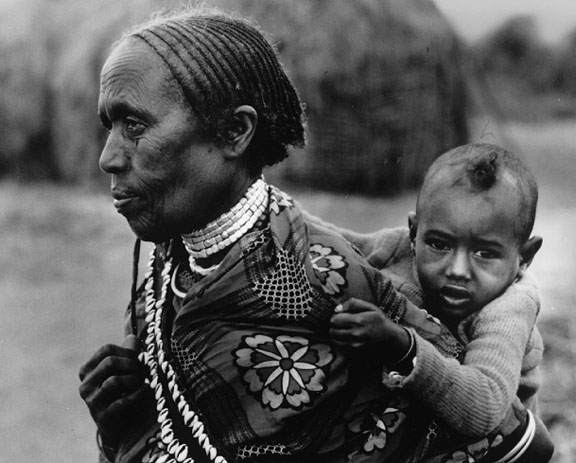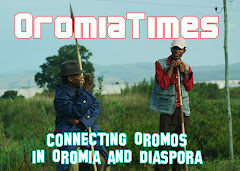Kumsa shares her story
Kumsa shares her storyHeather MacDonald Jan 31, 2008
Journalist and Wilfrid Laurier professor in the Faculty of Social Work, Martha Kuwee Kumsa, tells a packed audience of her 10 years spent in an Ethiopian prison, where she was jailed for defying the government-imposed free-speech restrictions
The spotlight shone on the soft-spoken African woman as she told the attentive audience of the ten years she spent being tortured in an Ethiopian prison.
In January of 1980, Kumsa was unjustly torn away from her husband and three children, as members of the communist regime dragged her from work one day to a prison holding approximately 10,000 other highly-educated, outspoken, independent thinkers.
Kumsa recalled that morning as vividly as if it had happened yesterday. She described the long drive to her unknown destination. When Kumsa finally reached the prison, she was “thrown into a room on the floor.” She continued, “There were bodies all over the floor. It was hell.”
Many of Kumsa’s good friends were in jail with her, awaiting their sentence. No one knew if they were going to be freed, tortured or killed at any moment. “You can’t predict anything. That’s part of the torture; they keep you suspended.”
As Kumsa watched many of her colleagues being blindfolded and tortured, some being “dragged away like garbage bags,” a little part of her spirit would die each time. “People from my left and right were dragged out of the room and we never saw them again. They were my friends.”
Kumsa told herself hundreds of times that her captors would never get to her mind; that they would never get to her spirit. They could do whatever they wanted to her body, because “the body will heal but when the spirit breaks, they win.”
The only things that kept Kumsa’s spirit alive were the letters sent to her by members of Amnesty International. People that wrote to Kumsa didn’t even know her but because she felt she had someone out there who believed in her, she was able to hold onto her inner strength.
As more letters poured in over the years, Kumsa finally heard her name over the loudspeaker. When a name was called, prisoners always dropped everything and ran towards the door.
“Ten seconds was too long,” she explained. “Even though you didn’t know whether you were running to your death; you didn’t know whether you were running to torture; and you didn’t know whether you were running to your freedom.”
Kumsa was called one September day. Many others called that day rejoiced in the possibility of freedom, but a little part of Kumsa felt that she was heading towards her death.After the celebrations began to fade and people became nervous, Kumsa yelled courageously to her peers, “If we’re going to die, we’re going to die spitting in their face!” To her surprise, they were released later that day.
It wasn’t until Kumsa was living in Toronto that she received news that there would be a public display of the torturing of her captors.
Many crowded around to watch the video of a man Kumsa remembered quite well, being beaten in the same way she and so many others had been.
Many watching the video were cheering and celebrating but Kumsa’s vengeance quickly faded as she declared that, “This should not happen to him! No human being should go through this.” It was only then that Kumsa was able to “connect with that man on a level of humanity.”
Kumsa then discussed the evil among the human race. She is constantly challenging others to reflect on their own lives. “If we’re always looking for the evil out there, the evil will continue within ourselves.”
She described her love for Canada and other countries that are safe for people to live in, but pointed out that, “Because there is comfort here it means there is misery somewhere else.”
The passion Kumsa has for humanity was fully displayed when she admitted, “I really wanted to die with those who were dying … they were my
friends, and one was my brother.”



No comments:
Post a Comment